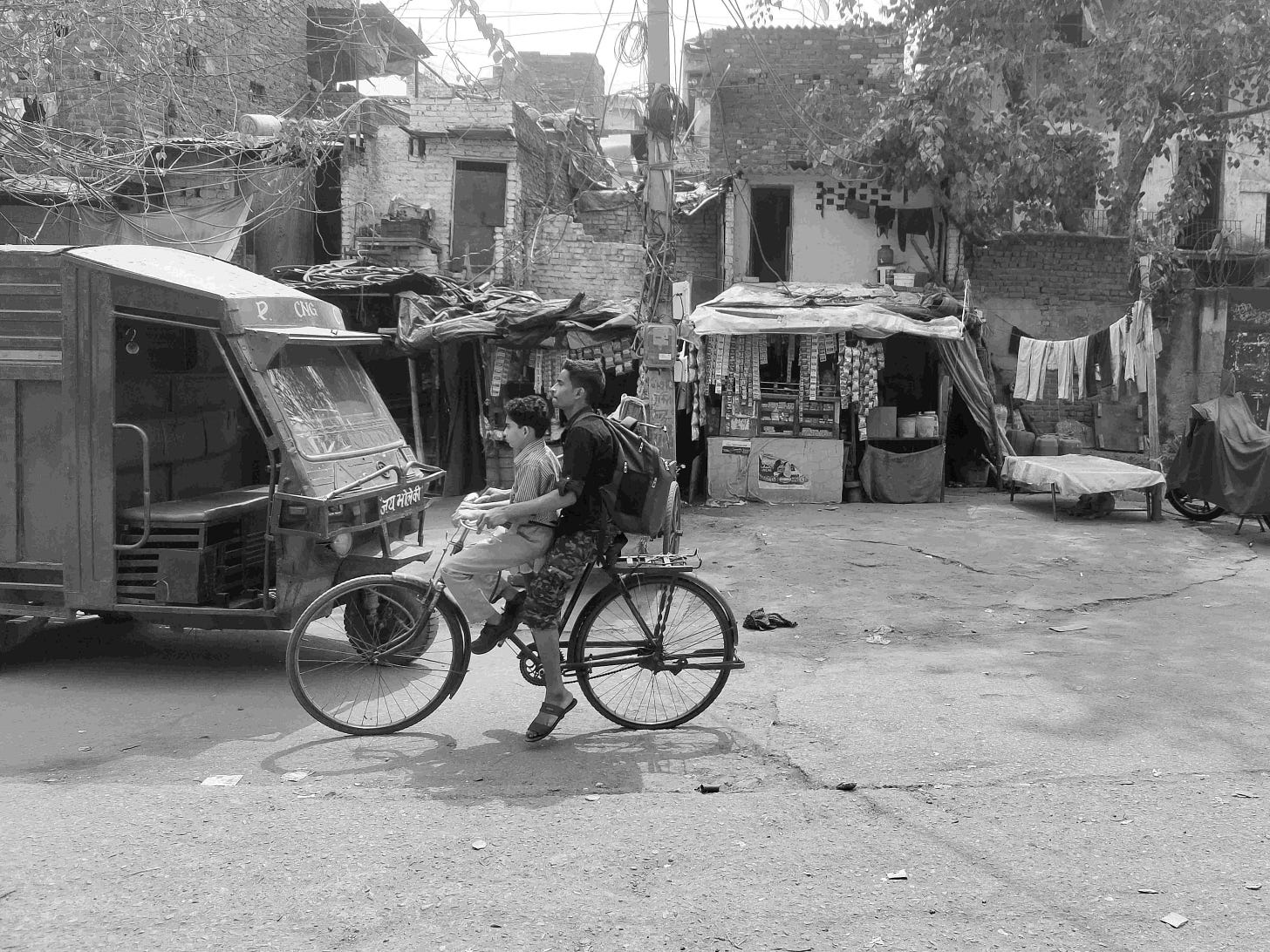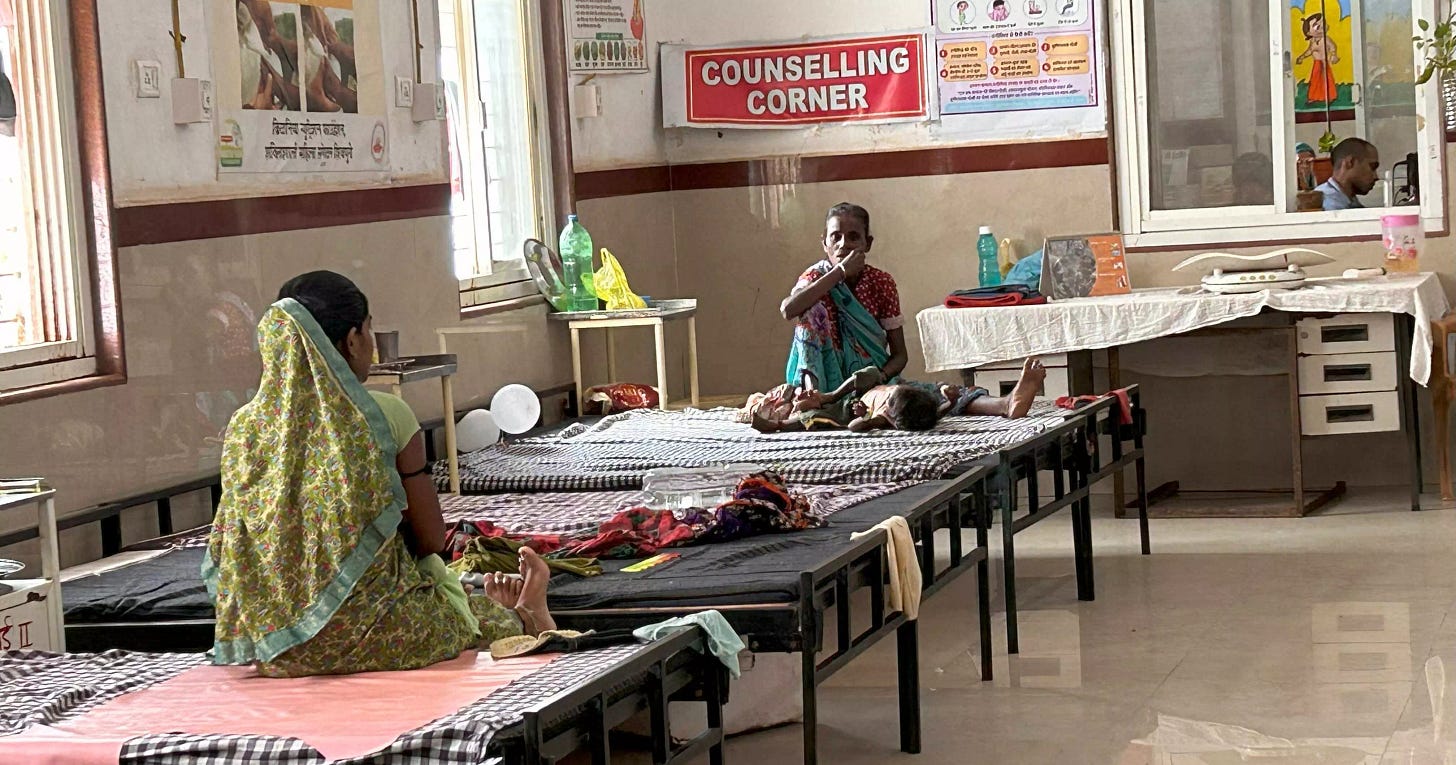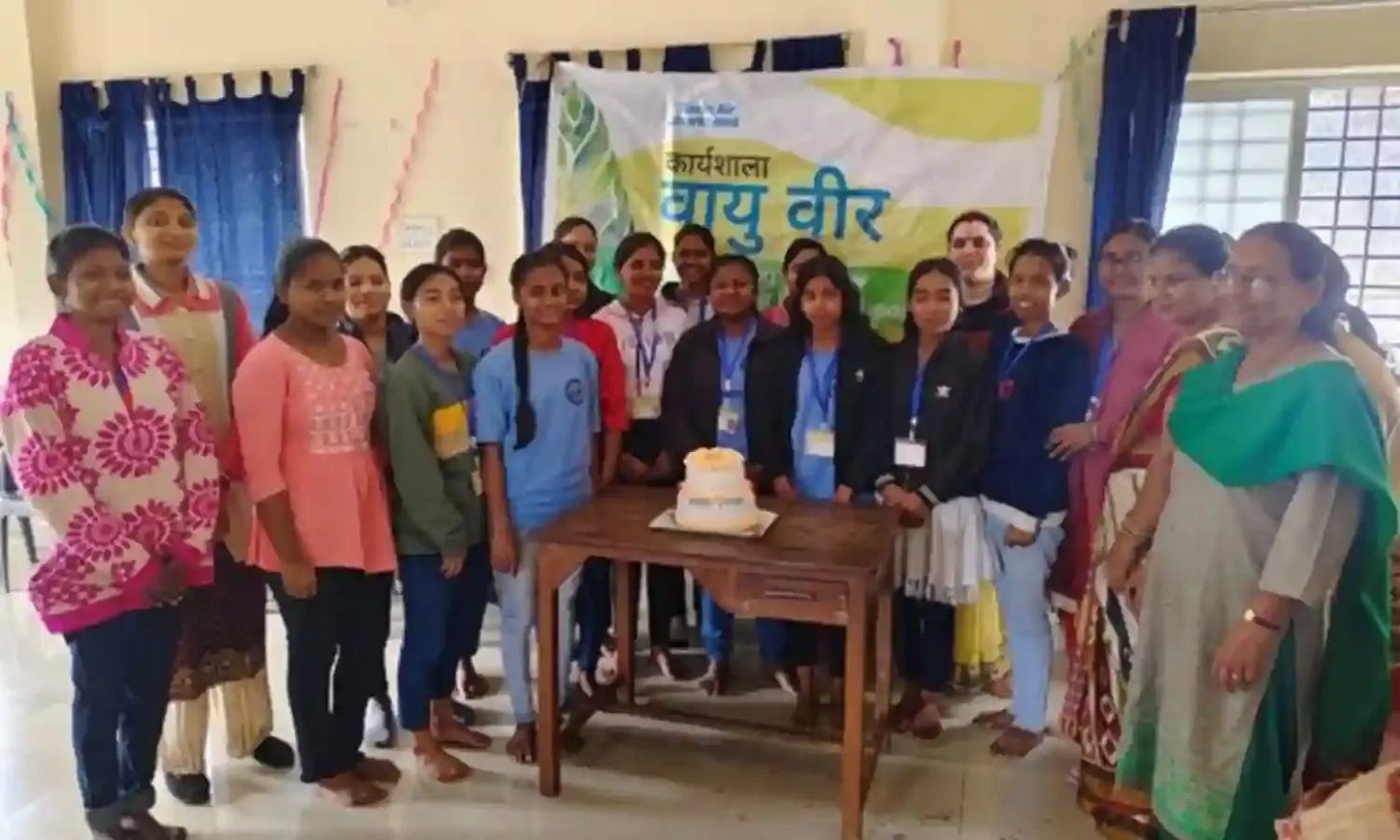Dementia's Hidden Crisis
Also this week, the diminishing demographic dividend and India's jobless growth, how Kerala is dealing with Nipah again, how women TB patients battle stigma
Each week, IndiaSpend digs into data to unpack urgent stories at the intersection of health, environment, economy, and social justice. From dementia’s silent spread in ageing households and youth struggles in unevenly rewarded manufacturing sectors, to deadly virus spillovers in Kerala, TB’s hidden toll on women, and citizens confronting lethal air in Jamshedpur, this week's stories are a mosaic of India’s emerging crises, and the responses on the ground. These five richly reported stories go beyond headlines, capturing human experiences, systemic gaps, and community innovations.
The Long Goodbye
Lakshmi, once a vivacious school headmistress known for her warmth and energy, gradually lost her spark after retirement, and it accelerated after her husband’s death. What began as mild memory lapses escalated into full dementia: she forgot names and words, sometimes grew aggressive, and felt increasingly isolated. Eventually, her relatives admitted her to a care facility, where she lived out her last days among strangers.
Hers is not an isolated case. Currently, about 9 million Indians over 60 live with dementia -- and as the population ages, that number is projected to nearly double to 17 million by 2036. Research from the government’s longitudinal ageing survey shows that the prevalence of dementia in women is almost double that of men, and rural prevalence exceeds urban, with rates ranging from 4.5 % in Delhi to 11 % in Jammu & Kashmir. Early detection, public health action, accessible diagnosis and caregiver support are urgently needed to stem a rising public health crisis. Deepa Padmanabhan reports
Rusting Hopes: Youth and the Manufacturing Dilemma
Makhan Singh, a welder-owner in his early fifties, started in Delhi’s Wazirpur in the early 2000s at a time when India’s booming economy offered skilled tradesmen good wages. He recalls doubling his income through hard work and training. Today, his young Bihari apprentice Mohamed Mahroof, aged 21, earns just ₹8,000–10,000 a month, with no job safety and no orders beyond a fortnight. Singh says that even skilled welders seldom earn above ₹15,000–₹16,000 in Wazirpur.
This reflects a wider economic reality: India’s vast youth workforce is struggling amid weak manufacturing growth. Efforts such as Make in India have yet to raise manufacturing’s GDP share, now stagnant around 15–16%. Despite the much-touted demographic dividend, economists warn that 6–7% GDP growth hasn’t translated into jobs for young Indians, with unemployment and underemployment particularly severe among educated youth. Rohit Inani digs into the data
Nipah redux: Multiple Spillovers Spark Alarm in Kerala
Kerala is reeling under fresh Nipah virus spillovers in July 2025. An 18-year-old woman in Malappuram and a 57-year-old man in Palakkad have both died, and their cases form independent zoonotic spillovers, not a transmissible outbreak. Authorities have identified 581 contacts, with surveillance active across Palakkad, Malappuram and Kozhikode.
Kerala’s rigorous disease-detection network led to early identification in two unrelated primary cases, easing worst-case scenario fears. The One Health Centre at Kozhikode -- fully functional only since 2024 -- is coordinating strategies with Kerala’s disease-control bodies and district authorities. Nearly 60% of prior cases since 2018 have stemmed from hospital transmission rather than direct bat exposure, underlining the critical need for strict infection control in healthcare settings. The virus’s lethality -- 40–75% fatality rate -- plus its pandemic potential make vigilance and public cooperation essential this monsoon season, Shreehari Paliath finds in this interview
Silent Scars: How TB Punishes Women
Priya Kumari (27, name changed), from Mirzapur district, learned she had pulmonary TB seven months ago. Fearing contagion and ashamed of the social stigma, she relocated to her mother’s home with her children, distancing herself from her husband in Mumbai. Though undergoing treatment, she fights a deeper battle: isolation and internalized shame.
India’s NTEP registers over 2.6 million new cases annually -- more than any other country -- but women bear an invisible burden of social rejection. A recent study of 960 female TB patients found that 10% of marriages ended in divorce, 40% of unmarried women lost marriage proposals, 25% felt isolated at home, and 18% were rejected by in-laws or husbands.
Stigma deters many from disclosing their condition or seeking care, worsening mental health and adherence to treatment. Women often face delayed diagnosis, limited support, and economic dependence that compounds the trauma of illness. Experts call for gender-sensitive TB strategies such as community education, mental health services, peer support groups, and women‑specific interventions, to break the silence and reduce stigma. Mithilesh Dhar Dubey reports, for IndiaSpend Hindi
Breathless In Jamshedpur: Citizens Fight Back Against Toxic Air
Jamshedpur, a planned industrial city rich in minerals and host to major industries like Tata Steel and Telco, is under siege from worsening air pollution. According to Jharkhand’s Comprehensive Clean Air Action Plan, industries contribute 26% of air pollution, while 23% comes from transport, 15% from road dust, and the rest from household fuel and brick kilns.
In 2020–21, PM 10 levels stood at 104 µg/m³, about 74% above the national standard of 60 µg/m³. Despite being brought under India’s NCAP initiative in 2021, none of the five proposed continuous ambient air quality monitoring stations have been installed. Of ₹116.85 crore allocated so far, only 44% has been spent, raising questions about plans for deploying the remainder.
The community-led grassroots response, “Vayu Veer,” empowers marginalized youth and women to monitor and document air pollution using handheld sensors. In its flagship “Month in My Life” report (Dec 2023–Jan 2024), four women recorded daily PM 2.5 readings between ~270 and 607 µg/m³, up to 10 times above national limits, with no “Good” or even “Satisfactory” air quality days. The citizen initiative not only uncovered grim data from slum areas neglected by official monitors, but has also sparked local dialogues, staged awareness events, and pressured officials, highlighting the urgency of inclusive, community-centered pollution governance in Jamshedpur. A report by Sathyam Kumar
That is all we have for you this week. Have a good weekend; we'll be back here next week, same time, with more stories you need to know about.






